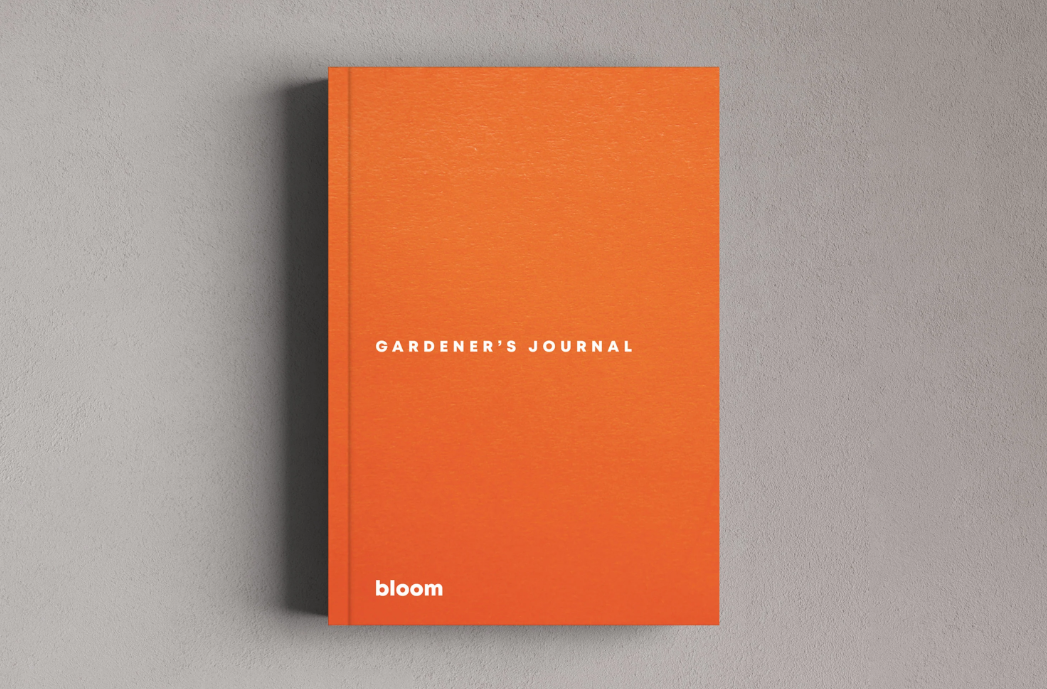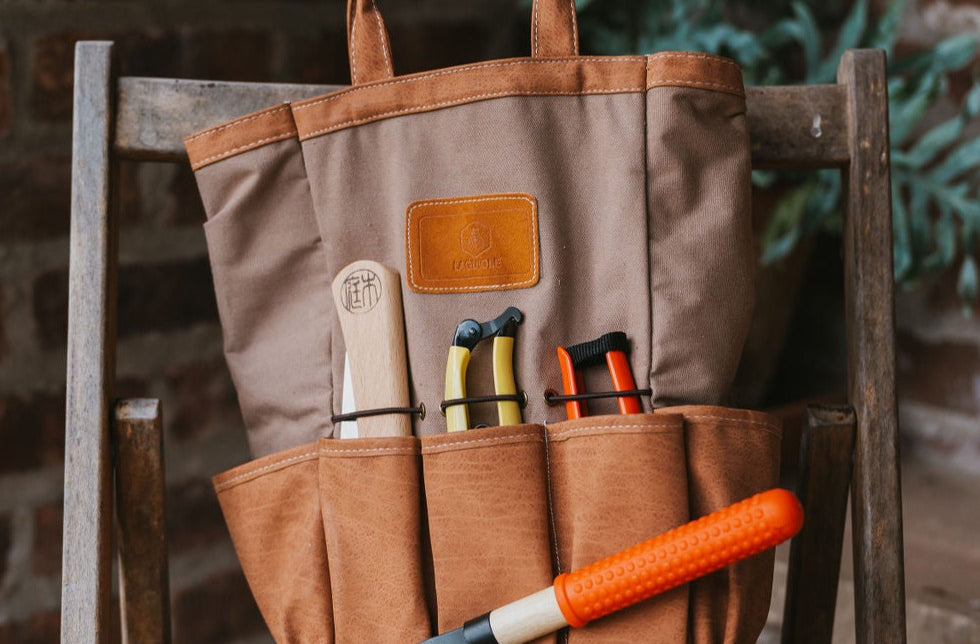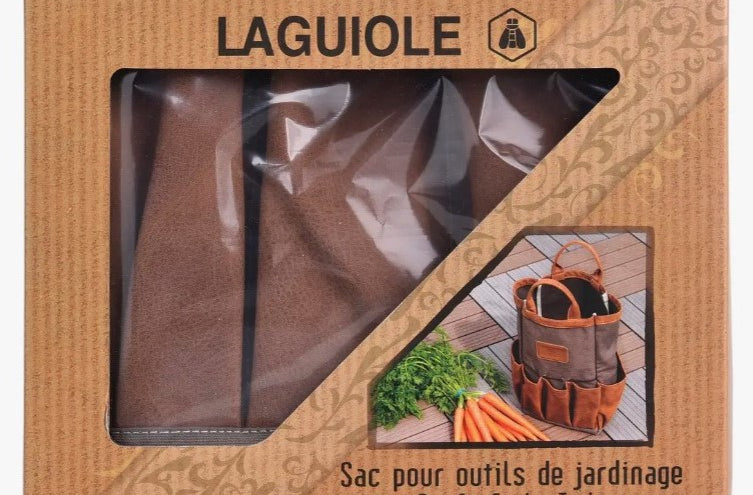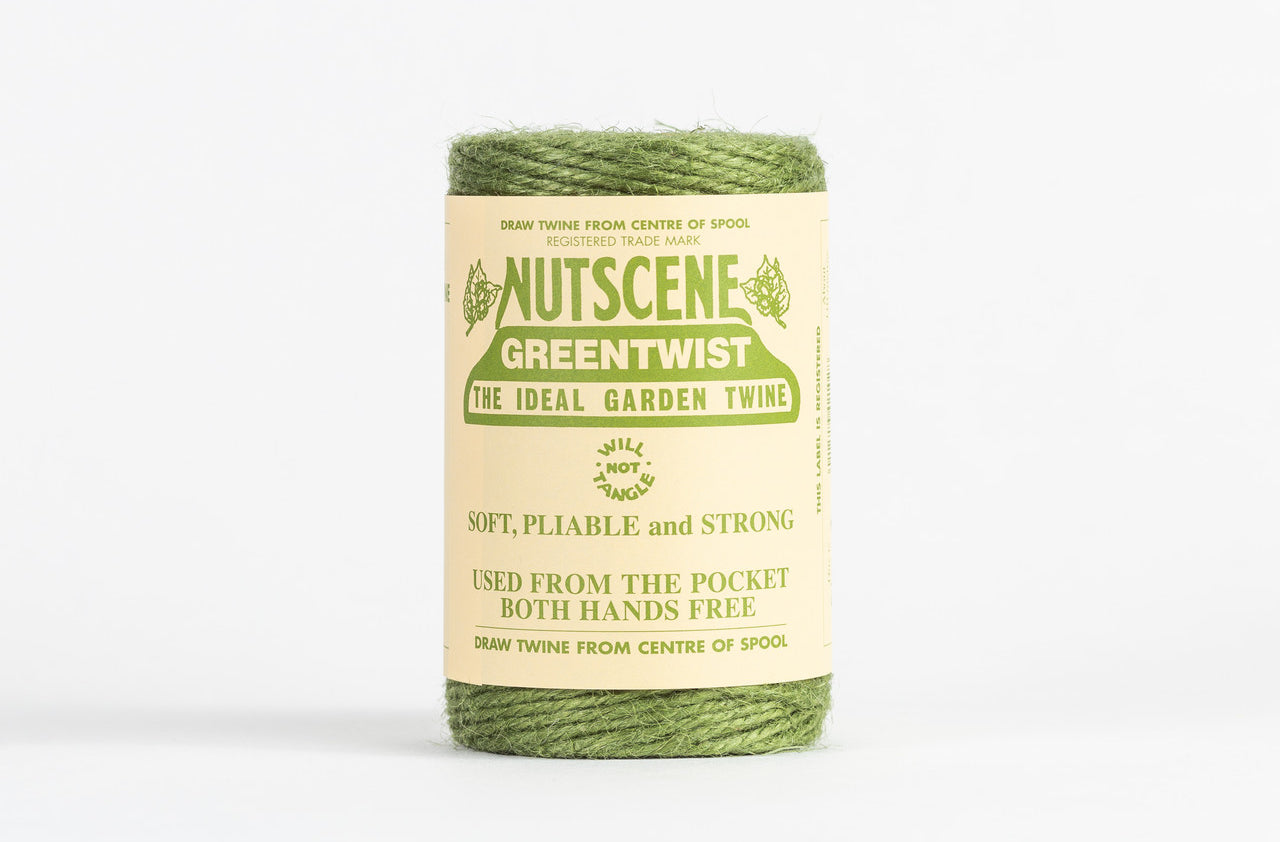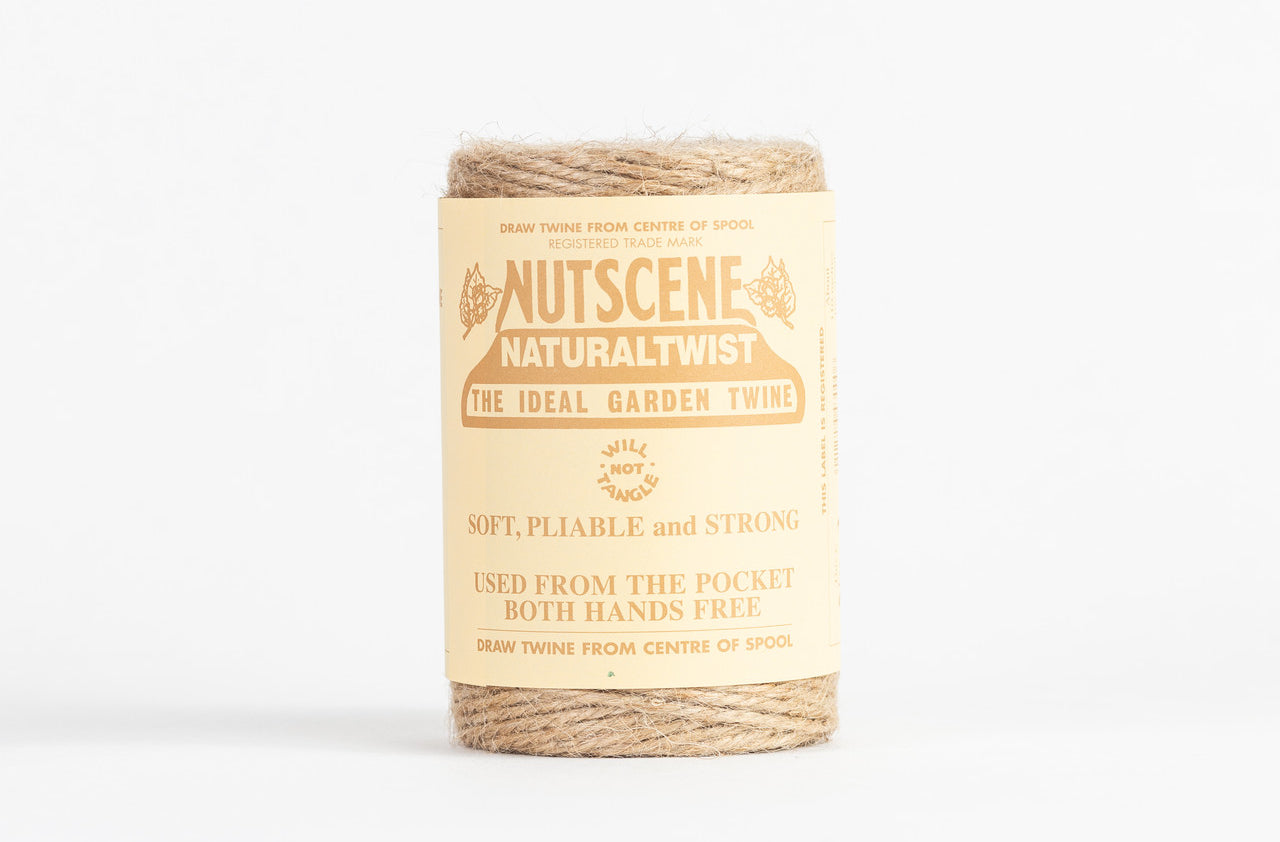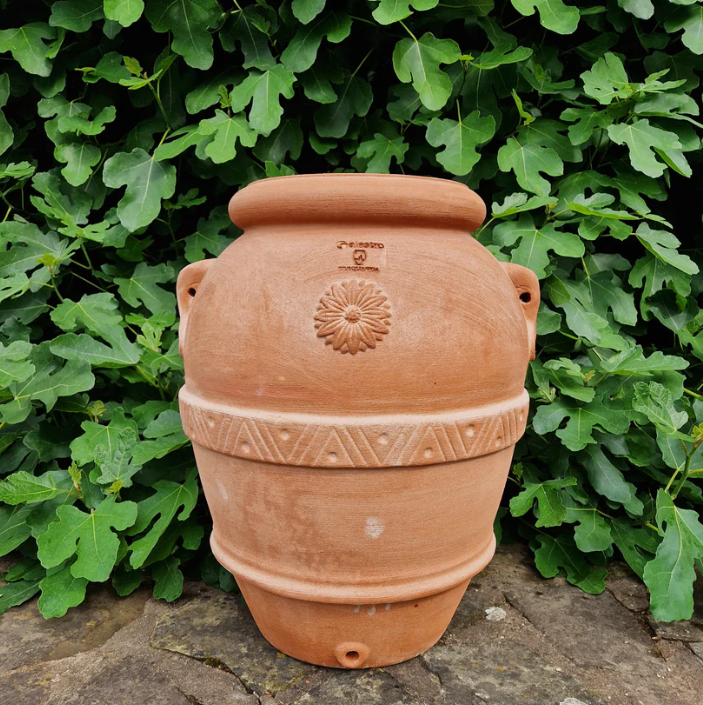'Winter's cheerful, white harbinger of Spring... Ice and snow won’t stop the joy they will bring.'

Of all plants to give us a lift - snowdrops are undoubtably up there. The drifts of the small, milky/white flowers fill gardeners with joy and the reassurance that Spring is only around the corner.
-
Although, before getting too excited, we still have to overcome 'Fools Spring' and the hurdle of '2nd Winter'... The Beast from the East in 2018 hit us right at the end of February and that dreadfully frosty Spring of 2021 reminds us that 'Winter' is not just December - February.
-
However, getting back on track with Galanthus (The Latin Botanical name of the Snowdrop), whilst it is considered a British wildflower, like many other plants considered British, it is not actually native to our island. Similar to other bulbs such as the tulip, the Snowdrop actually hails from the other side of Europe and across into Asia.

John Gerard, an English Botanist, was credited as being the first person to describe the plant growing in the UK - featured in his book Herball (1597). However, the chance of him stumbling across the very first plant is oh-so unlikely - the reality is that snowdrops would have been growing here for a number of years.
-
Although the plant has a long history (it was first described by the Ancient Greek academic, Theophrastus, in around 300BC), in the 21st century new plants are still being discovered and classified. To date there are said to be 21 species covering hundreds of varieties.
-
It may seem strange that in such a widely accessible world we are still discovering new plants. However, due to their size and minute variations, snowdrops can be tough to tell apart.
-
If this post has whetted your appetite for snowdrops and you feel like spotting some, their are two places you'll likely find them on a walk; Wooded areas and churchyards. This is because Snowdrops thrive in semi-shaded, fertile soil, especially around deciduous trees and shrubs.

But if you don't fancy wandering the countryside trying to find snowdrops - from late January, here are some of the best spots in the area that you're guaranteed to see them.
*****
Colesbourne, Nr Cheltenham
Said to be England's greatest snowdrop garden... need I say any more? With over 10 acres of private gardens and woodland to enjoy a mixture of over 300 snowdrops (amongst hellebores, cyclamen and a wide variety of early flowering shrubs), the site also includes an arboretum of rare trees privately collected over the past 120 years.
-
Painswick Rococo Garden, Nr Stroud
One of England's finest restored 18th Century pleasure gardens, Painswick is a quaint Cotswolds village set within the Stroud Valley. A National Trust site, whilst the grounds are famous within their own right, from early Feb' snowdrops upon snowdrops carpet the rolling site. When visiting make sure to pop in and support our friend Julie at Exedra Nursery!
-
St Peter's, Stanton Lacy, Nr Ludlow
St Peter's is among a short list of church's mentioned in William I's Domesday Book (1086) that you can still visit. For lovers of historic ecclesiastic buildings and snowdrops, this spot will without doubt be a great visit!
-
Rodmarton Manor, Nr Tetbury/Cirencester
One of England's most perfect Arts & Crafts properties, Rodmarton is also equally famous for its garden. With 8 acres to play with, here you'll find over 150 species on display. I don't want to go into too much detail about the important garden as I would not do half the justice it deserves! Visiting dates are 1st, 4th, 8th, 11th, 15th & 18th February from 1.30pm onwards. When visiting make sure to ask Sarah about her garden lecture days!
-
The Laskett Gardens, Nr Tom's Yard!
Sir Roy Strong's 4 acre masterpiece - the garden, now 1 of 3 managed by the charity Perennial, will be open to pre-booked visits on Saturday 18 and Sunday 19 February. Back open from April 1st, Winter is a great time to visit the garden to appreciate its features (mature topiary and unique, unusual accents) before blooms begin to take over. When visiting make sure to say hello to our friend James (the tall, handsome chap!) who works hard to keep the garden looking fabulous!
*****
With that list said, some gardens may actually be selling their snowdrops. Should you be tempted to purchase any, I can tell you now - snowdrops are a perfect potted plant!

Because of their size, potted bulbs are great for tables, windowsills and other spots where you're likely to see them up close. Plus, if you manage to find an unusual variety - having them in pots is a great way to highlight your collection.
-
Choose a clean pot and select a rich potting medium (a 50:50 mix of Dalefoot’s bulb compost and Lakeland Gold Soil Improver is perfect... and peat-free!). It is said that you will get 2 years from bulbs in pots before they should be planted out in the garden and left to naturalise. Refreshing the compost each time will provide new nutrients within the pot. Once finished in Spring, store your potted bulbs in a shaded spot and just make sure they don't dry out.


